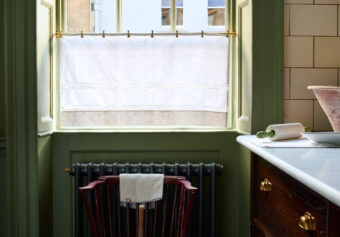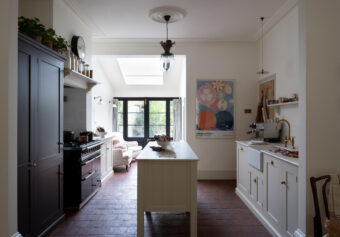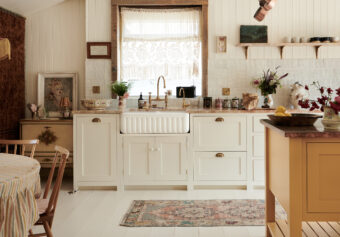Watersheds
13th December 2013
Maybe it’s the time of year or maybe it’s my time of life that makes:
the unusual appealing
the unlikely a challenge
and the downright impossible a personal mission.
As the huge project of restoring the mill was nearly complete we put in planning for the transformation of the big asbestos barns; and as that is nearly complete we’ve decided to take it easy for a while. That is until our next big project. The moment we bought Cotes Mill we began a lifelong relationship. deVOL and Cotes Mill are inextricably linked, we are committed to keeping this building in good order and that is now dependant on keeping our business alive.
I don’t know if it’s just luck or whether there is some other magical force that seems to be at work here. Everything had to fall perfectly in to place just to buy the Mill and then again to carry out all the work. The Cotes Mill effect has given us record sales and enabled us to complete this project of a lifetime in not much more than a year. The trouble is there is a domino effect here, The Mill brings us extra business so we have to make more kitchen furniture, so we need more workshop space, so we need more money, which means we need more sales. You can see where this is going. One of the attractive parts of the Mill was that it came with 12 acres and lots of outbuildings, so there should be plenty of space to expand into. Not so, unfortunately. The land is classed as a Functional Floodplain and, as such, very little development is allowed. One of the reasons we bought the Mill was that we were pretty confident that it wouldn’t flood again because the flood defences had held since they were built ten years ago. That ten years included some pretty major rainfall events, one of the worst was last winter; so it raises the question: is it still a Functional Floodplain? Yes, according to the Environment Agencies maps, but possibly no if we employ a team of surveyors and legal eagles to prove that it won’t flood every 20 years, more like every 100 years. They take height measurements and study the river flow and build a mathematical model to calculate where flooding will occur for the next extreme rainfall event. If we go through all that rigmarole and win that little battle there are still many more battles ahead. This is a listed building and nobody wants the space around it looking like an industrial estate, especially us. Then there’s the question of building on pasture land or the gardens behind the mill. Some or all of this site is industrial and has been for…. well about a thousand years. We could put together a fairly convincing argument on that.
We would love to bring all our carpenters over here under one roof adjacent to our showrooms and offices. It would save all the endless toing and froing between our two industrial units in Loughborough and here. It would also be great if our customers could see the furniture being made and know for sure that we really are craftsmen and not just salesmen. I think we could do this in a way that would enhance the site for evermore. The Mill didn’t work as a Mill in the latter part of last century and it didn’t work as a pub either by the Millennium. We have found a way to make it work, but the job’s not done yet. We will do our very best to convince the Environment Agency and the Planners that this is safe and attractive and good for the community. We are creating lots of jobs after all, nice jobs at that.
But, and it’s a big but, I know we are up against it, and it’s possible or maybe even probable that we will fail to bring our workshops to the Mill. What then?????
Well, I’ve been doing some research and it’s clear that for some people, where there’s a will there’s a way. Here are some projects that gave their owners a sense of achievement and adventure and a lot of fun too. What could be better than a shed that floats…








